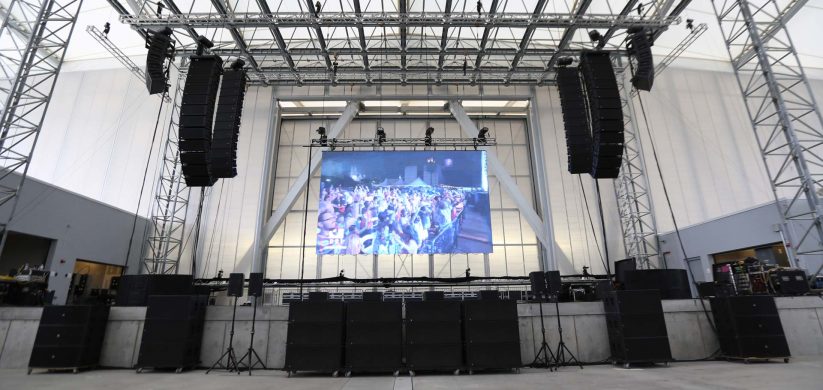Color accuracy is essential for creating stunning visual displays, particularly when employing LED walls. These massive displays are frequently found in places like concert venues, sports arenas, and advertising billboards. When the colors on an LED screen are not correct, the visuals can look dull or distorted, which can affect the overall experience for audiences. Therefore, perfecting color precision in LED screen tuning is crucial for achieving vibrant and true-to-life images.
The initial step in guaranteeing color accuracy is understanding how LED technology works. LEDs, or light-emitting diodes, produce light in multiple colors by combining red, green, and blue (RGB) light. Each pixel on an LED wall is made up of these three hues. When tuned correctly, the combination of RGB can create a wide range of colors. However, if one hue is too intense or too faint, it can throw off the entire screen. This is why tuning is needed to balance the colors and achieve the intended graphic result.
Tuning entails adjusting the configurations of the LED screen to make sure that the hues shown match the initial content as nearby as possible. This procedure usually includes using specific software and hardware tools. Technicians often use color measurement devices, such as color meters, to analyze the hues being displayed. By contrasting the assessed colors to benchmark color standards, they can make precise modifications. This ensures that the hues are not only vibrant but also uniform across the entire display.
Another important factor of color precision is understanding the surroundings in which the LED wall is employed. Elements such as ambient light can significantly impact how colors look. For example, a brightly lit room may fade hues, making them look less lively. To mitigate this, technicians may modify the brightness and contrast configurations of the LED wall. Additionally, they may choose particular color profiles that are more appropriate for various lighting conditions. This flexibility helps preserve color accuracy irrespective of the viewing surroundings.

Ultimately, routine maintenance and recalibration are crucial for maintaining an LED wall looking its best. Over time, the functionality of LEDs can alter due to factors like aging and heat fluctuations. Frequent inspections and modifications can help ensure led display calibration for public spaces that the colors stay correct and vibrant. By investing time in proper tuning and upkeep, venues can offer audiences with stunning graphic presentations that enhance their overall experience. Mastering color precision in LED screen calibration is not just a mechanical job; it is an art that adds to the wonder of visual narration.
Comments on “Mastering Hue Precision in LED Display Calibration for Stunning Graphic Displays”